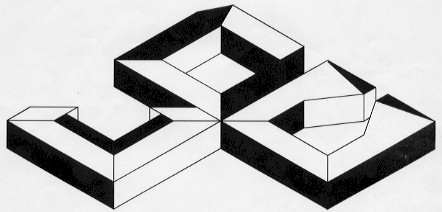
Heating and Cooling with a Heat Pump
Ground-Source Heat Pumps (Earth-Energy Systems)
A ground-source heat pump uses the earth or ground water or both as the sources of heat in the winter, and as the "sink" for heat removed from the home in the summer. For this reason, ground-source heat pump systems have come to be known as earth-energy systems (EESs). Heat is removed from the earth through a liquid, such as ground water or an antifreeze solution, upgraded by the heat pump, and transferred to indoor air. During summer months, the process is reversed: heat is extracted from indoor air and transferred to the earth through the ground water or antifreeze solution. A direct-expansion (DX) earth-energy system uses refrigerant in the ground-heat exchanger, instead of an antifreeze solution.
Earth-energy systems are available for use with both forced-air and hydronic heating systems. They can also be designed and installed to provide heating only, heating with "passive" cooling, or heating with "active" cooling. Heating-only systems do not provide cooling. Passive-cooling systems provide cooling by pumping cool water or antifreeze through the system without using the heat pump to assist the process. Active cooling is provided as described below.

How Does an Earth-Energy System Work?
All EESs have two parts: a circuit of underground piping outside the house, and a heat pump unit inside the house. Unlike the air-source heat pump, where one heat exchanger (and frequently the compressor) is located outside, the entire ground-source heat pump unit is located inside the house.
Closed-loop systems collect heat from the ground by means of a continuous loop of piping buried underground. An antifreeze solution (or refrigerant in the case of a DX earth-energy system), which has been chilled by the heat pump's refrigeration system to several degrees colder than the outside soil, circulates through the piping, absorbing heat from the surrounding soil.